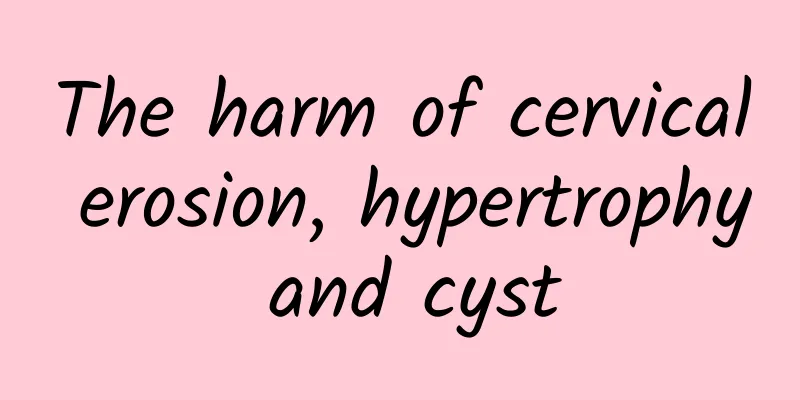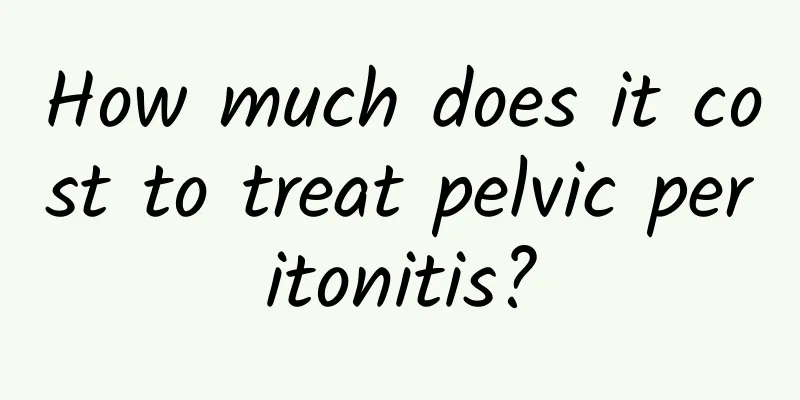Medicinal Diet for Women with Amenorrhea - Boiled Eggs with Chuanxiong

|
[ Introduction] Amenorrhea is a common symptom of gynecological diseases, which can be caused by various reasons. Below, the editor introduces the medicinal diet recipes for treating amenorrhea in women. Come and take a look! Medicinal Diet for Women with Amenorrhea - Boiled Eggs with Chuanxiong [Source]: Private [Ingredients]: 8 grams of Chuanxiong, 2 eggs, appropriate amount of brown sugar 〖Preparation〗: Add Chuanxiong and eggs to water and cook together. After the eggs are cooked, peel them and continue to cook for a while. Remove the residue and add brown sugar to season. [Usage]: Take twice a day, 5 to 7 doses per month. Eat eggs and drink the soup. [Effects]: Promotes blood circulation and qi. Suitable for amenorrhea caused by qi and blood stasis. Appendix: Other related 1. Motherwort and black bean syrup, 30-50 grams of motherwort, decoct in water to extract juice, add 60 grams of black beans, cook until cooked, season with appropriate amount of brown sugar, or add 1-2 tablespoons of rice wine or glutinous rice wine. Take once a day for seven consecutive days as a course of treatment, it has the effects of promoting blood circulation, removing blood stasis, regulating menstruation, and can treat amenorrhea in women. Black bean medicinal diet is also the same. 2. To treat postpartum lochia discharge or amenorrhea in women: 250 grams of lotus root, wash and cut into small pieces, 12 grams, put into an aluminum pot or casserole (avoid using an iron pot), add appropriate amount of water and cook the soup. After cooking, add a small amount of salt to season and eat. How does Traditional Chinese Medicine understand female amenorrhea? Amenorrhea is a common symptom of menstrual disorders and is the most difficult to cure. Traditional Chinese medicine is generally recommended for the treatment of menstrual disorders, so below we will introduce how to understand amenorrhea from the perspective of traditional Chinese medicine. Some girls experience amenorrhea for a period of time after their first menstruation, amenorrhea during menopause and menopause; temporary amenorrhea during pregnancy or lactation, etc. These are physiological phenomena and are not considered amenorrhea. Some women occasionally miss their periods once or twice due to sudden changes in their living environment, and if they have no other discomfort, they can be temporarily not considered as having amenorrhea. As for those who have no menstruation due to congenital genital organ abnormalities or acquired organic damage, such as congenital absence of uterus and ovaries, or acquired damage to ovaries, or pituitary tumors, or congenital defects or acquired damage to the cervix, vagina, hymen, labia, etc., resulting in adhesion closure, which prevents menstrual blood from overflowing, or diaphragms in the vagina and uterus, which affect the overflow of menstrual blood, and pseudo-amenorrhea, non-drug treatment can be effective. Amenorrhea is the gynecological reflection of overall dysfunction, involving the function of internal organs and the prosperity, decline, smoothness and stagnation of Chong and Ren Qi and blood. The etiology is complex and the syndromes are numerous. Therefore, it is necessary to first distinguish the deficiency and excess according to the overall situation, combined with the age of onset, medical history and clinical manifestations of amenorrhea. That is, the dryness and diaphragm pointed out by Zhang Jingyue. The syndrome of blood dryness is similar to blood stagnation, both of which are symptoms of amenorrhea. However, dryness and diaphragm are opposite, like ice and charcoal. Dryness means dryness and exhaustion, which is the extreme of blood deficiency. Diastasis means obstruction. The blood is not deficient, but there is some reversal of Qi, cold or accumulation. Most people with deficiency have a history of congenital maldevelopment, postnatal injury, or blood loss. They are often pale or sallow, or have red cheeks, thin or short body, accompanied by dizziness, palpitations, weakness, poor appetite or loose stools, or hot flashes, cough, or backache, no abdominal distension or pain, pale or red tongue, and weak pulse. Those with excess syndrome mostly have a history of cold, cold drinks, wading, mental stimulation, environmental changes, etc., and are usually stout or obese, with back pain, chest and flank distension, or abdominal distension and phlegm. The pulse is deep and stringy or slippery, and those who are over 18 years old have not yet had menstruation, or have late menarche, and their symptoms of deficiency and excess are not obvious. Those who are obese, have lower abdominal pain, and have a deep and strong pulse are excess, while those who are thin, have a thin waist and weak body, and have a thin and weak pulse. Those with a pale red tongue are deficiency. Generally, deficiency syndrome is more common. If amenorrhea is caused by excess syndrome and is mistreated, it can also be transformed into deficiency syndrome. However, there are a few cases where mistreatment leads to excess syndrome, resulting in obesity and complex syndromes of deficiency and excess syndrome. Therefore, treatment needs to take care of Qi and blood, and one should not just unblock the menstruation and see blood. One should not assume that amenorrhea is caused by blood stasis and abuse the method of breaking through and promoting circulation, which will seriously injure Qi and blood. One should also not assume that amenorrhea is caused by deficiency and blood dryness and frequently use blood-nourishing products, which will injure the spleen and stomach or suppress kidney yang, but will make dryness worse and stagnation worse, aggravating the condition. One should avoid "the taboo of deficiency and excess". In addition, the treatment of amenorrhea should also distinguish the order of menstrual disease and other diseases. If amenorrhea is caused by other diseases, the former should be treated first. Once the disease is cured, menstruation will flow naturally. |
<<: What are the early symptoms of ovarian cysts that should be taken seriously?
>>: What tests should be done if menstruation is not coming?
Recommend
Eat a lot during the Chinese New Year without gaining weight. Doctors do this to lose weight
During Chinese New Year, it is most appropriate t...
How does uterine fluid accumulate in early pregnancy?
Uterine effusion is the presence of inflammatory ...
Healthy diet tips for patients with congenital absence of vagina
People should understand the symptoms of congenit...
How long does it take to cure threatened abortion?
In recent years, the phenomenon of threatened abo...
Towel exercise helps you lose weight, promotes metabolism and enhances memory
In the hot summer, lack of exercise can easily le...
What are the classifications of uterine fibroids? Are uterine fibroids multiple?
The purpose of analyzing the classification of ut...
Why does premature ovarian failure cause headaches?
Why does premature ovarian failure cause headache...
Let's talk about the early symptoms of cervical erosion
The early symptoms of cervical erosion are not ve...
Which one is better at lowering blood sugar: bitter melon or mountain bitter melon? Nutritionist: Eat vegetables wisely for diabetes
Diabetics generally know that they should eat les...
How to check whether dysmenorrhea is primary or secondary How to check the cause of dysmenorrhea
Dysmenorrhea is very common among women. For many...
Check hygiene! Dajia Mazu Festival: Eat Healthy
The nine-day and eight-night Mazu pilgrimage proc...
What medicine is good for irregular menstruation? How effective is eating more loofah for irregular menstruation?
According to Chinese herbal medicine books, loofa...
What factors may cause pelvic inflammatory disease
Since pelvic inflammatory disease is a gynecologi...
Survey: It is better to choose breakfast restaurants with vegetable menus and sugar-free drinks
Have you had breakfast today? How do you eat brea...
What are the traditional Chinese medicine treatments for uterine fibroids?
Uterine fibroids are the most common benign tumor...









